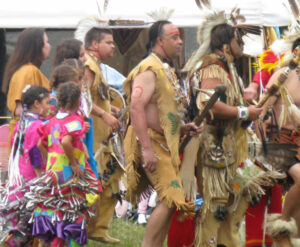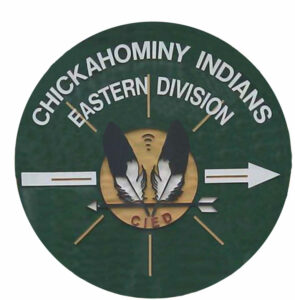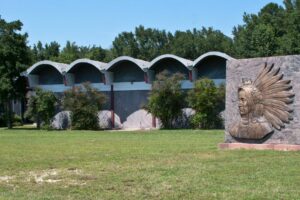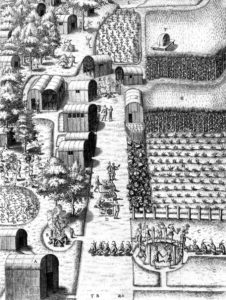Lower Chickahominy
History and Culture
Historical and cultural resources abound in the Lower Chickahominy area. Throughout history, cultures have interacted in the Lower Chickahominy area leaving many interesting stories, sights, and experiences for residents and visitors to enjoy.
Indian Tribes in the Lower Chickahominy
There are two tribes based in the three counties of the Lower Chickahominy: the Chickahominy Tribe in Charles City County and the Chickahominy Tribe Eastern Division in New Kent County. A third tribe owns land in New Kent County and is considered a project stakeholder. The Pamunkey Tribe is based to the north, across the Pamunkey River in King William County. While these tribes have been present in this area since well before English colonists arrived, they have become tribes recognized by the US Federal Government only in recent years.
The name Chickahominy means "coarse ground corn people." Before English colonists arrived, the tribal population lived in villages along the Chickahominy River. The treaty of 1646 displaced the Chickahominy to the Pamunkey Neck area of Virginia. The continued growth of English settlements crowded out the Chickahominy; they eventually settled in an area called Chickahominy Ridge a few miles from a 1607 tribal village site. The tribe received state recognition in 1983 and federal recognition in 2018.

Chickahominy Pow Wow - John Bragg
Chickahominy Indians Eastern Division
A portion of the Chickahominy Tribe population settled in New Kent County in the late 1800s. The population grew over the coming decades. Given the rural nature of the area and transportation limitations, travel to and from tribal gatherings in Charles City County was onerous. The Chickahominy Indians Eastern Division amicably split from the Chickahominy Tribe in 1920/1921 and established their own tribal government. The tribe received state recognition in 1983 and federal recognition in 2018.

Virginia's first federally recognized tribe in 2016, the Pamunkey tribe received state recognition in the 17th century. The Pamunkey Indian Reservation is located along the Pamunkey River. The Pamunkey Indian Museum & Cultural Center is located on the Reservation. Also located on the Reservation is the Pamunkey Fish Hatchery which releases shad fry into the Pamunkey River. The Reservation also houses the Pamunkey Pottery School and Guild; potters sell, display and market their pottery in the Pamunkey Indian Museum's gift shop.

Museum & Cultural Center
European Colonization & the Arrival of Enslaved People
Jamestown was established in what is now southeastern James City County; Williamsburg abuts the county. The Lower Chickahominy area is about as close as you can get to the first steps of English colonization of the mid-Atlantic. As Europeans moved westward and Virginia's economy grew, Plantations were established across the Lower Chickahominy area and beyond.
Today, a discussion of history, culture, or tourism in the Lower Chickahominy would not be complete without mention of the plantations. Shirley Plantation, Virginia's first plantation, was founded in 1613 by a royal land grant. Through the 1600s the European population increased in the area now known as Virginia and across the mid-Atlantic. The 1700s saw the construction of great plantation houses, including Shirley, built with the proceeds from selling tobacco.
Both the production of tobacco and the construction of plantation houses across Virginia relied on the economic realities of slave labor. The first African slaves arrived in Virginia in 1619. In 1623, the rolls at Flowerdew Hundred in the then borough of Charles City counted 11 of these first African slaves in Virginia.
Charles City County has produced a series of exhibits and a self-guided driving/biking tour all about the African American experience in the county called Freedom's Jubilee: An African American Journey.
Towne of Secota

Secota was an Algonquian village near Jamestown. The image depicts a society with a diversified system of agriculture, a wide array of building styles, and a highly developed belief system. The image includes plots of tobacco, a pumpkin patch, cornfields, hunting, ritual bonfires, feasting, and religious ceremonies.
This is a picture of Theodore de Bry's engraving of the Towne of Secota (1590).
A Sampling of Historic Sites & Tours in the Lower Chickahominy
Each county in the Lower Chickahominy maintains resources for residents and visitors looking for activities and historical sights. Each website below includes information and maps about things to do and see in the area, from modern-day restaurants and wineries to civil war fortifications to colonial plantations.


